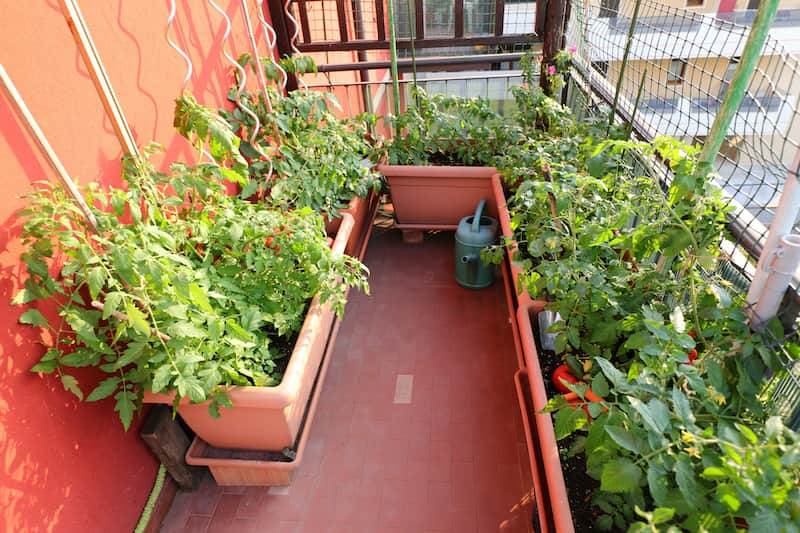Introduction: Welcome to Spring
Spring is the season of renewal, and for garden enthusiasts, it marks the beginning of a vibrant and colorful journey. As the earth awakens from its winter slumber, gardeners eagerly prepare to create breathtaking displays of blooming flowers and lush greenery. In this guide, we’ll explore essential gardening tips to ensure your spring garden becomes a symphony of colors and textures.
Planning Your Garden: Choosing the Right Plants
The first step in creating a stunning spring garden is selecting the right plants. Consider the climate in your region, the available space, and your personal preferences. Opt for a mix of annuals and perennials to ensure continuous blooms throughout the season. Additionally, understanding the soil types in your garden and the sunlight and water requirements of your chosen plants is crucial for their overall health and vitality.
Preparing the Soil: Soil Testing
Before planting, conduct a soil test to assess its composition and nutrient levels. This information will guide you in making necessary amendments to create an optimal environment for your plants. Adding compost and mulch not only improves soil structure but also retains moisture and suppresses weeds, promoting a healthy growing environment.
Planting Techniques: Proper Plant Spacing
Proper plant spacing is often underestimated but plays a crucial role in preventing diseases and ensuring adequate airflow. Follow recommended spacing guidelines to avoid overcrowding, which can lead to competition for nutrients and increased susceptibility to pests. Pay attention to planting depth and watering techniques to provide your plants with the best start.
Seasonal Care: Regular Pruning
Regular pruning is essential for maintaining the shape and health of your plants. Remove dead or diseased branches, spent flowers, and shape the plant as needed. This encourages new growth and ensures that energy is directed toward the development of healthy blooms. Additionally, establish a fertilizing schedule to provide your plants with the nutrients they need to thrive.
Dealing with Pests: Natural Pest Control Methods
Pests can be a significant challenge in any garden. Instead of resorting to chemical solutions, explore natural pest control methods. Introduce beneficial insects like ladybugs and lacewings, use neem oil, and practice companion planting to deter common pests. Learn to identify signs of pest infestations early to address issues promptly.
Companion Planting: Benefits of Companion Planting
Companion planting involves strategically placing plants together to enhance each other’s growth and repel pests. This symbiotic relationship benefits the overall health of your garden. Experiment with combinations such as planting basil with tomatoes or marigolds with roses to experience the advantages of companion planting firsthand.
Enhancing Garden Aesthetics: Garden Borders and Pathways
Beyond the blooms, the layout of your garden contributes to its overall appeal. Create defined borders and pathways to add structure and guide the eye. Consider incorporating creative elements like decorative stones or ornamental fencing to elevate the aesthetic appeal of your garden.
Sustainable Gardening Practices: Water Conservation
Incorporate sustainable practices into your gardening routine. Implement water conservation strategies such as collecting rainwater, using drip irrigation, and mulching to reduce water evaporation. Embrace eco-friendly pest control methods to minimize the environmental impact of your gardening activities.
Blooming Varieties for Spring: Popular Spring Flowers
Discover the beauty of popular spring flowers such as tulips, daffodils, and hyacinths. Explore the world of bulbs and perennials that grace your garden with a riot of colors. Learn about the unique characteristics and care requirements of each variety to make informed decisions when selecting plants for your spring garden.
Troubleshooting Common Issues: Yellowing Leaves
Yellowing leaves can be a sign of nutrient deficiencies, pests, or environmental stress. Diagnose the specific cause by examining the leaves and address the issue accordingly. Whether it’s adjusting the pH of the soil, implementing pest control measures, or providing proper care, timely intervention is key to resolving the problem.
Garden Maintenance Tips: Weeding Strategies
Effective weeding is crucial for maintaining a healthy garden. Regularly inspect your garden for weeds and implement strategies such as mulching, hand weeding, or using natural weed suppressants. By staying proactive, you’ll prevent weeds from competing with your plants for resources.
Sharing Your Blooms: Flower Arranging Tips
Extend the joy of your garden by bringing its beauty indoors. Explore flower arranging techniques to create stunning bouquets that showcase your blooms. Experiment with different combinations of colors, shapes, and textures to express your creativity and share the essence of your garden with others.
Community Gardening: Benefits of Community Gardens
Consider the advantages of participating in community gardening initiatives. From shared knowledge to a sense of camaraderie, community gardens offer numerous benefits. Get involved in local gardening groups, contribute to communal spaces, and experience the joy of collectively nurturing green spaces in your neighborhood.
Conclusion
In conclusion, creating a blooming spring garden is a rewarding journey that requires careful planning, dedicated care, and a touch of creativity. By following these essential tips, you’ll not only enjoy a colorful and vibrant garden but also contribute to the overall well-being of your local environment. Embrace the wonders of spring, and let your garden become a living canvas of nature’s beauty.



